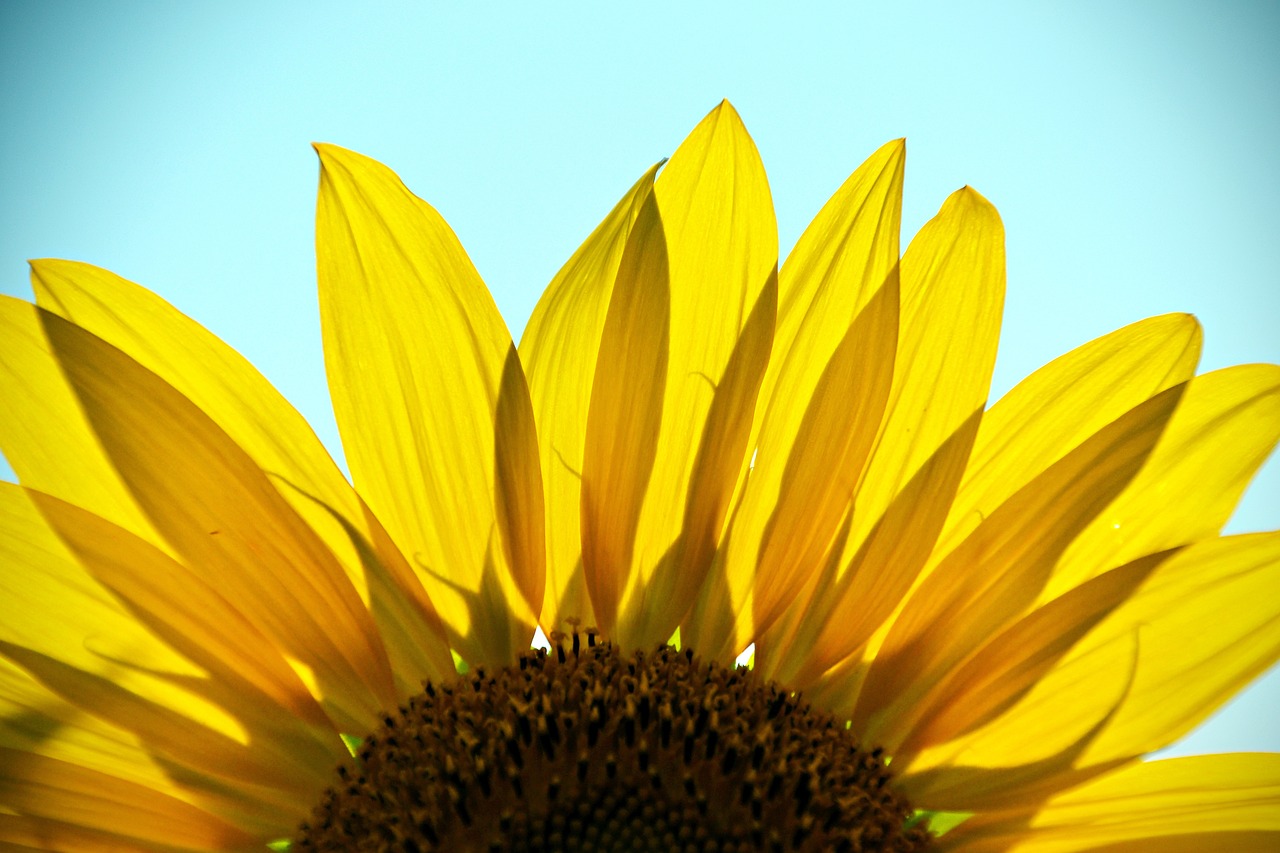Discover the profound impact of color in photography. Explore warm vs cool colors, and emotions of red, orange, yellow, green, blue, and violet. Master color harmonies and relationships for captivating photos.
Unraveling the Art of Color in Photography
Introduction
Technically speaking, learning the difference between sRGB, Adobe RGB and ProPhoto RGB is just as difficult as learning about color nuances. But looking at photography from an artistic perspective, color stands out as an important element that influences feelings and interactions unlike any other. This article will explore the subtleties of color and its interactions, to illustrate how these features can produce the most interesting photographs.
Cool vs. Warm Colors
Warm and cool colors are two general categories made up of a wide range of colors. Warm colors include red, orange, and yellow. These colors evoke different feelings, so photographers should choose their colors according to the emotional effect they want to create.
 |
| @RusalanSikunov |
Warm colors: a vibrant symphony
Warm colors like yellow, orange, and red radiate vitality and strong feelings. They demand notice, captivate the observer, and arouse curiosity. Photographs taken around sunrise or sunset and with fall colors tend to be popular because even a small amount of warmth can make an image stand out.
 |
| @Pexels |
Calm tone: Gentle calm
On the other hand, cool colors convey a calmer, more muted feeling They usually fade into the background, emitting a tranquil atmosphere. Although not as attractive as warm colors, cool colors have their own appeal, especially at sunrise and sunset when they cast a golden glow on the blue surroundings.
 |
| @Leolo212 |
Examining the Emotions of Each Color
1. Red: The Color of Passion
Expressing a dynamic intensity, red is one of nature's rarest and most intense colors, historically associated with passion and excitement. Red must be used carefully in photography as its intensity can overpower some shots. Red themes have an inherent visual appeal, much like the vibrant tones of fall leaves or sunsets.
 |
| @Nennieinszweidrei |
2. Orange: adventurous warmth
Orange is a color that is more common in nature than red. With colors ranging from the rich brown of trees to the bright orange of pumpkins, it offers comfort without the intense intensity of red. Kamala stands out against the cold background because of its adventurous quality.
 |
| @Nennieinszweidrei |
3. Yellow: Radiant positivity
The most pleasant and happy color, yellow, exudes optimism. Yellow evokes enthusiasm whether in the form of sand, fall leaves or the sun at certain times of the day. It catches the eye just like reds and oranges, making it a great subject for photography.
 |
| @kytalpa |
4. Green: versatile calmness
Green is the color most closely associated with life, although blue predominates in nature. It is a color that can be used in a variety of settings and conveys a sense of comfort and tranquility. Green is calming because it represents the living world, especially for those who love the outdoors.
 |
| @BkrmadtyaKarki |
5. Blue: draw distance
Because blue is inherently associated with distance, it usually works well in photos. It has an innate sense of calm, be it light blue that evokes a soft mood or dark blue that conveys strength and melancholy. On social media sites like Instagram, blue-colored photos get more likes than warm-colored photos.
 |
| @12019 |
6. Violet, quiet elegance
Radiated by calm violet, perhaps nature's rarest color in its purest form. Purple, which often appears in flowers or sunsets, has a similar meaning to blue. Lupine blossoms in bloom on display, making photos stand out.
 |
| @AdelinaZw |
Color compatibility and harmony
More significant than any single color is the way they interact with each other. The diverse color palette found in the real world is displayed from simple color contrasts to complex harmonies.
1. Vibrant contrast between warm and cool colors
Emphasis is always placed on distinguishing between warm and cool colors. When they appear together in an image, they create an interesting color contrast that acts as a focal point of interest. Red and green, orange and blue, and yellow and purple are a few examples.
2. Harmonious colors and other associations
Several aesthetically pleasing color relationships consist of mixtures of primary colors (blue, yellow, and red) and intermediate colors. Capturing an exact likeness in the natural world can be difficult, but observing the situation and using your instincts is still a useful photographic technique.
Conclusion
Given its emotional power, color is one of the most profound subjects in photography and should be thought through carefully. Aiming for harmony and simplicity can create interesting effects by highlighting a key color or experimenting with the relationship between warm and cool tones. Ultimately, the most important factor is your subjective perception of what seems attractive. Personal style is heavily influenced by colors used both in the field and in post-production. Professional photographers often use different color palettes to create a certain "look" in their photos. Once you have a basic understanding of color, it's important to integrate and personalize this information.
==========================================================================











0 Comments